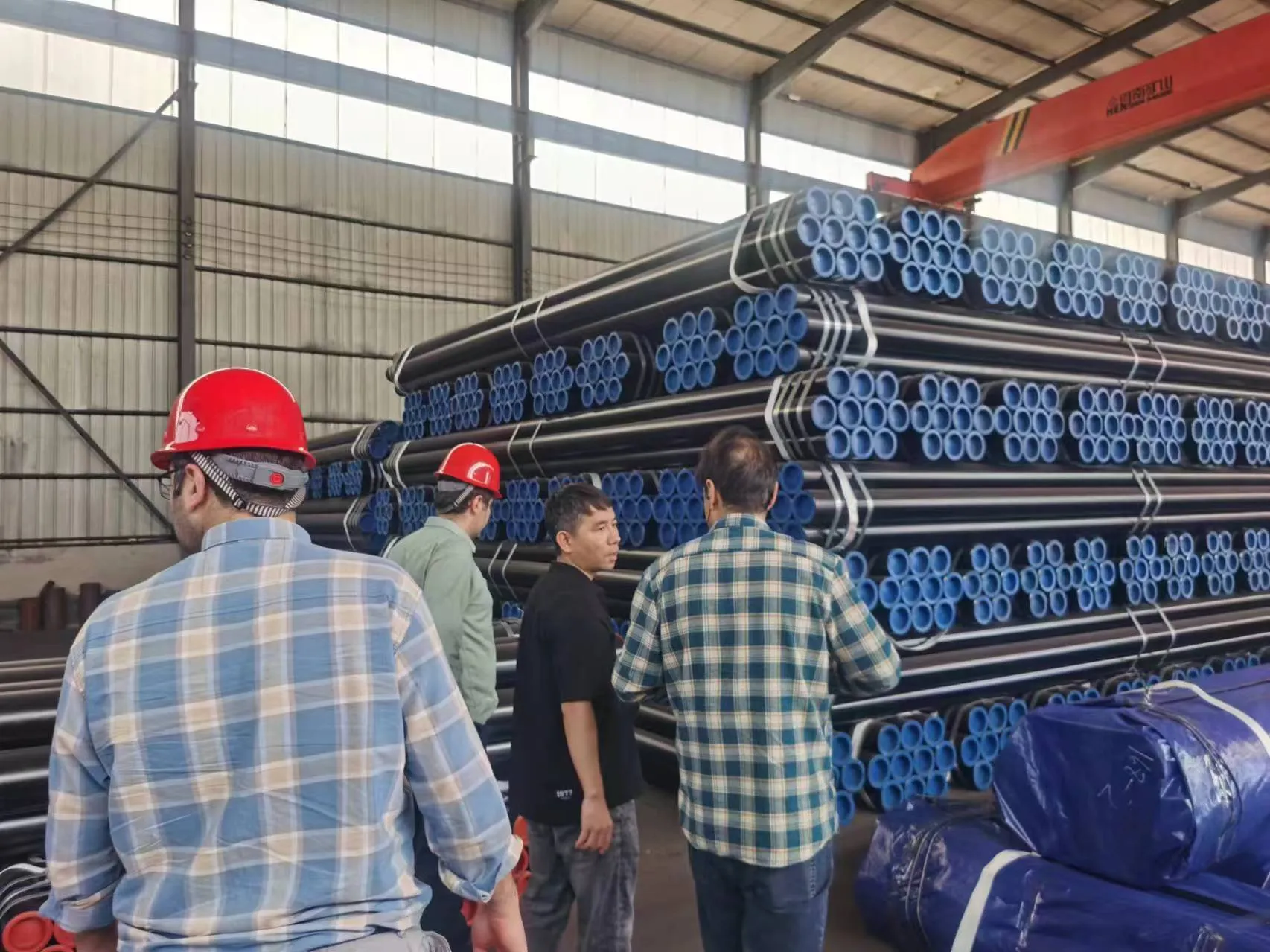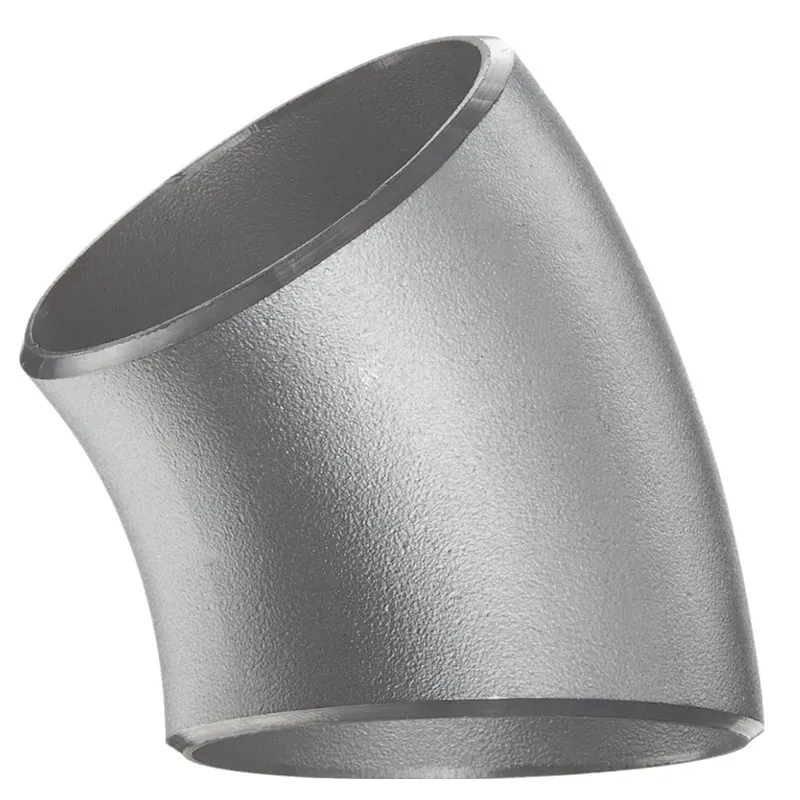-
Cangzhou Yulong Steel Co., Ltd.
-
Phone:
+86 13303177267 -
Email:
admin@ylsteelfittings.com
- English
- Arabic
- Italian
- Spanish
- Portuguese
- German
- kazakh
- Persian
- Greek
- French
- Russian
- Polish
- Thai
- Indonesian
- Vietnamese
- Zulu
- Korean
- Uzbek
- Hindi
- Serbian
- Malay
- Ukrainian
- Gujarati
- Haitian Creole
- hausa
- hawaiian
- Hebrew
- Miao
- Hungarian
- Icelandic
- igbo
- irish
- Japanese
- Javanese
- Kannada
- Khmer
- Rwandese
- Afrikaans
- Albanian
- Amharic
- Armenian
- Azerbaijani
- Basque
- Belarusian
- Bengali
- Bosnian
- Bulgarian
- Catalan
- Cebuano
- China
- China (Taiwan)
- Corsican
- Croatian
- Czech
- Danish
- Esperanto
- Estonian
- Finnish
- Frisian
- Galician
- Georgian
- Kurdish
- Kyrgyz
- Lao
- Latin
- Latvian
- Lithuanian
- Luxembourgish
- Macedonian
- Malgashi
- Malayalam
- Maltese
- Maori
- Marathi
- Mongolian
- Myanmar
- Nepali
- Norwegian
- Norwegian
- Occitan
- Pashto
- Dutch
- Punjabi
- Romanian
- Samoan
- Scottish Gaelic
- Sesotho
- Shona
- Sindhi
- Sinhala
- Slovak
- Slovenian
- Somali
- Sundanese
- Swahili
- Swedish
- Tagalog
- Tajik
- Tamil
- Tatar
- Telugu
- Turkish
- Turkmen
- Urdu
- Uighur
- Welsh
- Bantu
- Yiddish
- Yoruba

Jan . 14, 2025 11:11 Back to list
API 5L Seamless Pipe
API 5L X60 is a grade of carbon steel pipes used in the oil and gas industry, meeting specific mechanical properties and requirements for pipeline transportation systems. In the world of pipeline materials, ASTM and API specifications often intersect, creating a demand for understanding equivalence. Understanding the equivalency between API 5L X60 and its ASTM counterparts is crucial for industry professionals seeking compliant materials.
In the realm of material selection, trustworthiness comes from reliable testing and certification. Manufacturers of API 5L X60-equivalent products often ensure compliance through thorough testing under industry-standard conditions. This testing verifies that materials meet the required specifications before being deemed suitable for pipeline construction. Certifications from accredited testing bodies and adherence to international standards are further benchmarks of a product's reliability. Pipeline safety is paramount, and using equivalent materials without compromising on quality or performance is a serious consideration. Engineers and sourcing managers must assess all relevant parameters, including a material's ability to resist corrosion, handle mechanical stress, and maintain structural integrity over time. In conclusion, the equivalence between API 5L X60 and ASTM specifications like A106 Grade B requires an in-depth understanding of material properties and industry standards. This knowledge, supported by real-world experience and authoritative guidelines, empowers industry professionals to make choices that ensure safety, reliability, and efficiency in pipeline operations. By leveraging the combination of practical experience and detailed technical knowledge, the selection of equivalent materials becomes a strategic decision, safeguarding both infrastructure and the environment it serves.


In the realm of material selection, trustworthiness comes from reliable testing and certification. Manufacturers of API 5L X60-equivalent products often ensure compliance through thorough testing under industry-standard conditions. This testing verifies that materials meet the required specifications before being deemed suitable for pipeline construction. Certifications from accredited testing bodies and adherence to international standards are further benchmarks of a product's reliability. Pipeline safety is paramount, and using equivalent materials without compromising on quality or performance is a serious consideration. Engineers and sourcing managers must assess all relevant parameters, including a material's ability to resist corrosion, handle mechanical stress, and maintain structural integrity over time. In conclusion, the equivalence between API 5L X60 and ASTM specifications like A106 Grade B requires an in-depth understanding of material properties and industry standards. This knowledge, supported by real-world experience and authoritative guidelines, empowers industry professionals to make choices that ensure safety, reliability, and efficiency in pipeline operations. By leveraging the combination of practical experience and detailed technical knowledge, the selection of equivalent materials becomes a strategic decision, safeguarding both infrastructure and the environment it serves.
Next:
Latest news
-
ANSI 150P SS304 SO FLANGE
NewsFeb.14,2025
-
ASTM A333GR6 STEEL PIPE
NewsJan.20,2025
-
ANSI B16.5 WELDING NECK FLANGE
NewsJan.15,2026
-
ANSI B16.5 SLIP-ON FLANGE
NewsApr.19,2024
-
SABS 1123 FLANGE
NewsJan.15,2025
-
DIN86044 PLATE FLANGE
NewsApr.19,2024
-
DIN2527 BLIND FLANGE
NewsApr.12,2024
-
JIS B2311 Butt-Welding Fittings LR/SR 45°/90° /180°Seamless/Weld
NewsApr.23,2024











